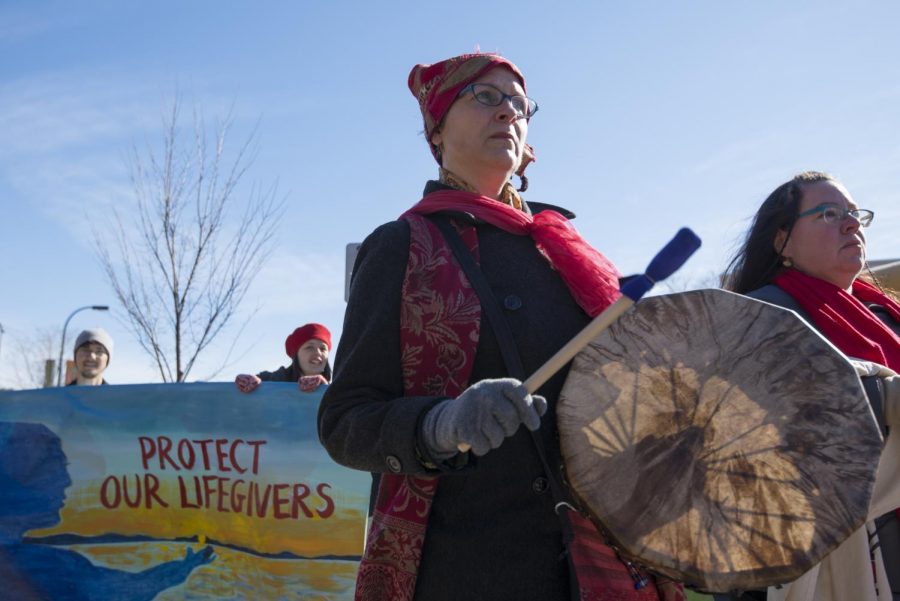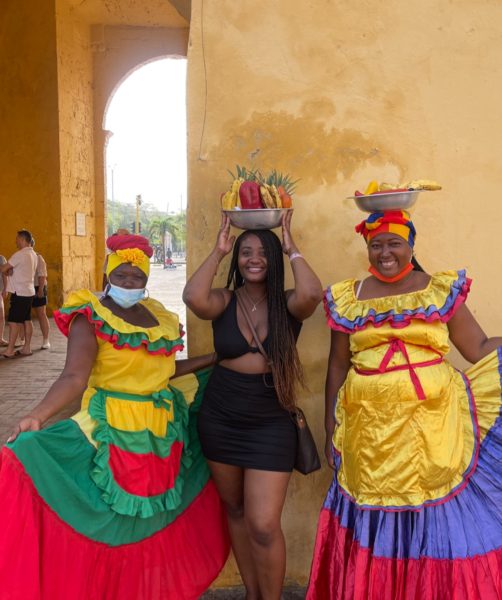“Missing white woman syndrome” was a term coined by renowned journalist Gwen Ifill in 2004, in reference to the media’s obsessive and extensive coverage of missing white women and girls in America.
Twenty two-year-old Gabriella “Gabby” Petito recently made headlines after taking a road trip with her boyfriend Brian Laundrie and seemingly disappearing off the map. Across the nation, news channels have kept their viewers updated on every single new detail about the case. Conspiracy theorists, internet sleuths, and everyday folk have spent hours and hours trying to piece together this mystery, but to no avail.
In the search for Petito, her mother and father were featured on a two-part episode of “Dr. Phil”, a daily talk show that racks up more than 2.9 million views every day. “America’s Most Wanted” covered the case. CNN, The New York Times, Fox News and hundreds of other media outlets, small and large, have covered this case as well. There are hundreds of YouTube videos on Petito’s disappearance. Nancy Grace, host of Fox News, gave her opinion on what would be found during Petito’s autopsy. Jim Clemente, a retired FBI profiler weighed in on the situation and even television personality Duane “Dog the Bounty Hunter” Chapman, has joined the search for answers in Petito’s disappearance.
To truly understand why “MWWS” exists, it’s extremely important to mention that at some point Americans must feel comfortable enough to acknowledge the true unfortunate history and current influence that white supremacy has in this country. White supremacy is not just the obvious; it’s not only the Ku Klux Klan in their masks and flags, but it’s also the microaggressions upheld by all races within America as well. In other words, the way in which the media have seemingly ignored the blatant misrepresentation and lack of inclusivity of missing Black, Indigenous, and People of color (BIPOC). White supremacy affects the psyche of anyone living within these borders, and it rears itself in the way media is distributed to its consumers.
It may be uncomfortable to think that Petito’s case received so much media coverage, attention, and legal resources, not because of how wonderful of a person she may have been, but simply because she fits society’s definition of beauty. She was a pretty, slim, blonde hair, blue-eyed white woman, and America loves that. This is what drives “MWWS”.
Consider how many white women have gone missing in the last two decades and have become household names. Natalee Holloway, Laci Peterson, Kristin Smart, Shanann Watts, Madeleine McCann, the list goes on. All of them have that one important thing in common that makes them newsworthy.
The case of Petito is a tragic one, and no one should ever deny that, but this article isn’t actually about her. Her case has garnered plenty of attention in the media; this is about the clear disparity in what news is deemed important in America.
According to the National Crime Information Center (NCIC), in 2020 there were north of 400,000 missing people reported to the FBI. In 2018, the NCIC listed 424,066 children missing. Although black children only comprise 14% of all children in America, 37% of those missing children were black. These numbers are staggering. Why are we not seeing these children’s faces plastered all over the news? CNN, The New York Times, why aren’t they covering these missing children’s cases as intensely?
Wyoming, known for its beautiful land and national parks, will now be plagued by the fact that Petito’s remains were found there. But Petito’s case has shed new light on the quiet epidemic that is taking over the ironically named “Equality State.” According to the “Missing and Murdered Indigenous People Report” published in January 2021 by the Wyoming Survey and Analysis Center at the University of Wyoming, between 2011 and September 2020, there have been 710 Indigenous people reported missing. 57% of them were women. This report goes on to break down the disparities in the ways the media covered the missing person cases between white and Indigenous people. A missing Indigenous person was more likely to have negative character framing in their article, articles were only written after they were found dead, and while the person was actively missing, no article was written. With a missing white person, articles were written while they were missing, and articles were also written when they were found safe.
There have been many BIPOC missing person cases that have flown under the radar for years. Petito’s disappearance has served as a catalyst in recognizing that missing BIPOC cases are being overlooked and under-investigated. Parents of missing BIPOC have sat through this media coverage hoping, praying, and wondering why their child hasn’t received the amount of support and media attention as Petito did. ABC News addressed the “MWWS” concept in a September 2021 article and interviewed Paula Cosey Hill, a black woman whose 16-year-old daughter Shemika Cosey disappeared in 2008, near her home in St. Louis. “Everybody who is missing loved ones is saying, ‘Why wasn’t my case done that like?'” said Hill. “It’s very hard because it takes you back to when your child went missing… But as you can see, they can get enough manpower to do it,” she said. “They just choose which cases they want to do.”


